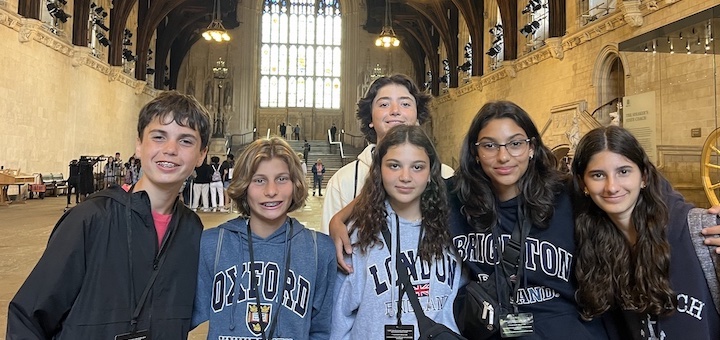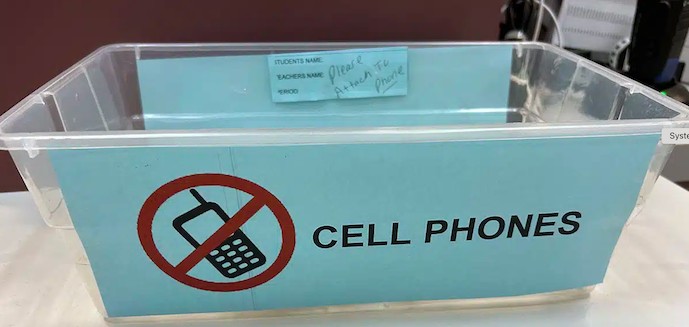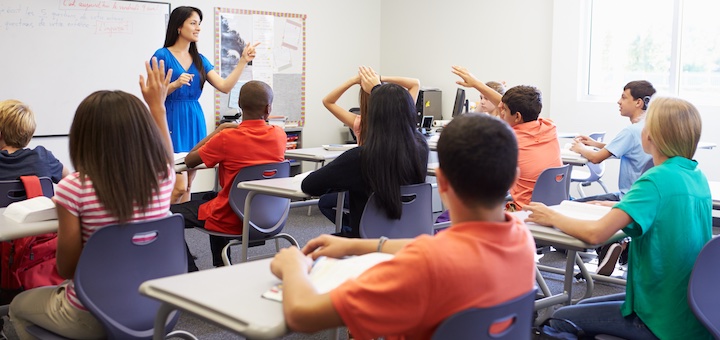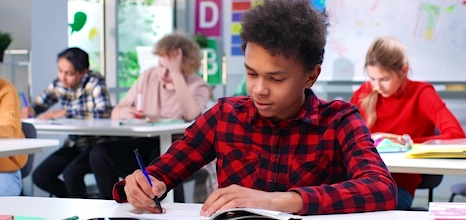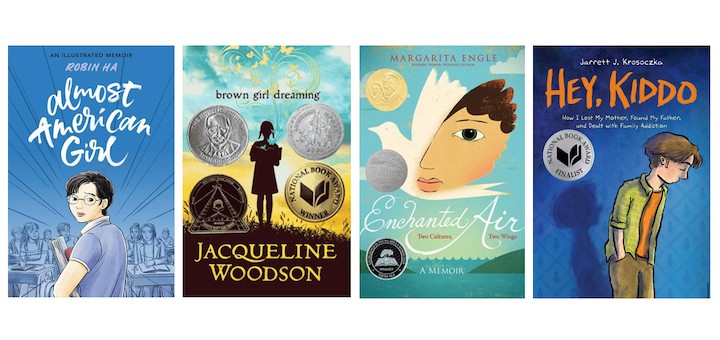Snapshots from a Global Student Travel Program
Travel abroad is a chance for students to step out of their comfort zones, build connections, and develop a global perspective – to engage authentically with people and places beyond their cultural affiliations or national borders, writes middle school head Michael McLaughlin.

